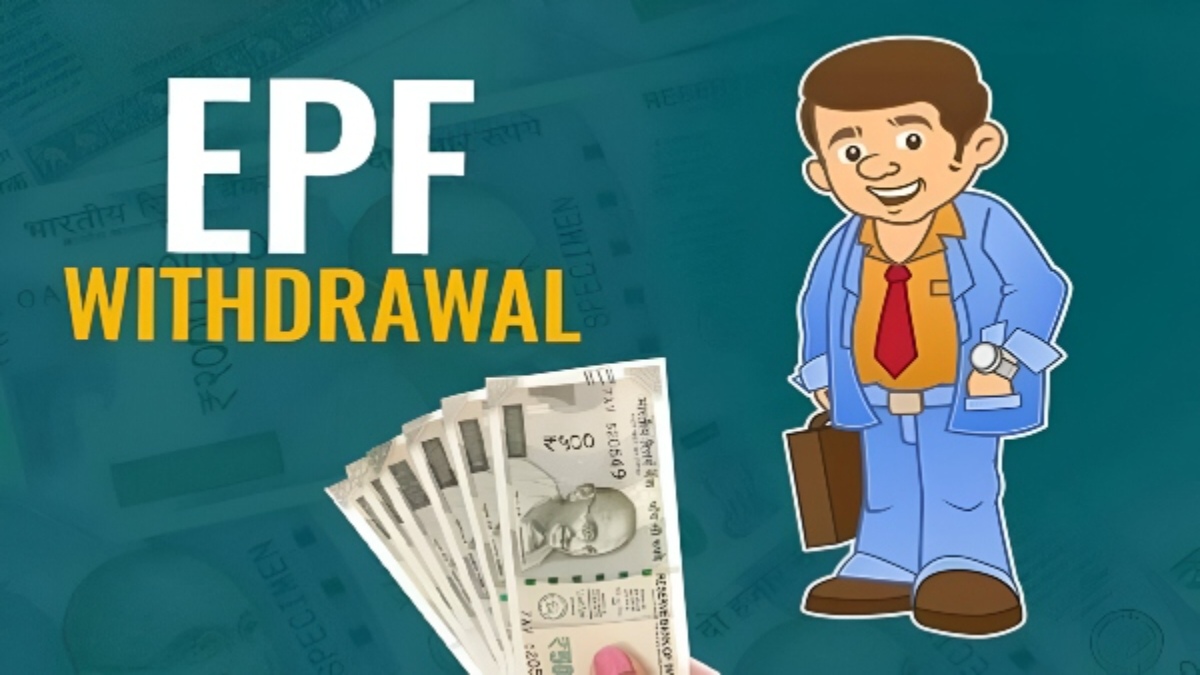What Is The Impact of GST Implementation on Different Industries?
The implementation of GST is set to tremendously shift the functioning of different industries as well as for us. Here is a take on how the GST shall augur
GST, the biggest reform in the tax structure in the history of Indian economy shall come in play from July 1, 2017 as put forth by the Finance Ministry. Though final tax structure is still to be decided on a meeting slated on May 18., nonetheless, 4 tax slab rates have been agreed upon. Even after the full-fledged implementation of the GST from the proposed time, its impact in real terms shall be revealed only after two to three years. Here is the full impact on various industries with the implementation of the GST.

On Automobile Industry
For the two-wheeler and passenger vehicle market, the tax outgo that under the current indirect tax regime stands at 27% shall be lessened to 18%. This would indeed translate into lower cost of purchase for consumers.

On Jewellers
Any tax higher than the current levels of 12% including 10% on import of gold, 1% VAT and 1% excise duty shall augur bad for the industry. The World Gold Cpuncil under expectations of higher tax regime under GST comes forth with a lower consumption of gold in the current year as against the previous year.

On Consumer Durables Industry
As with the food items that account for over 50% of the inflation and no GST, some of the consumer durables shall attract a lower tax rate of 18% as against the higher 28%. The likely reduction shall mean lower cost for the industry as well as end-user.

On Real Estate Sector
As part of the Central GST Bill any let out or lease of building for residential or commercial purpose is a supply of service and shall hence forth be included in the GST ambit. For a property under construction, GST rates shall apply.
GST on Residential Property
Though the tax rate for real estate sectors is still undecided, experts suggest that the sector could attract a tax of 12% which is expected to increase the cost for investors even more than its cost due to service tax levy. But the process shall result in smooth credit flow as the cost is expected to lower down for the developer.
For the developers, the decision as to the applicable rates under GST are less or on the higher side shall depend on the input tax credit option available to them and also the abatement rules that apply as per the service tax provision. Nonetheless, the implementation is expected to result in more accountability as well as transparency and ease the work of developers as now several taxes shall be subsumed within GST.
On Commercial Property : Leasing of a property for commercial purposes as of today attracts a service tax of 15% which is unlikely to be heavily impacted with a proposed GST of 12% or 18%.

For Indian Nationals
Demographic of our nation is largely constituted by people under the age bracket of 35. It is crucial to know how the biggest reform in the taxation shall impact them. Expect to boost the national economy by 2%, GST shall play good for consumers. As the consumer-centric items such as the FMCG and other shall be brought down to a loxer tax regime of 18%.
In education sector, higher education in private institutions shall be brought under the tax ambit of 18% that clearly remarks government favour towards public institutions.
The switch to GST tax regime is also expected to boost employment figures as the need to be GST compliant shall require entities shift to organized market.
































